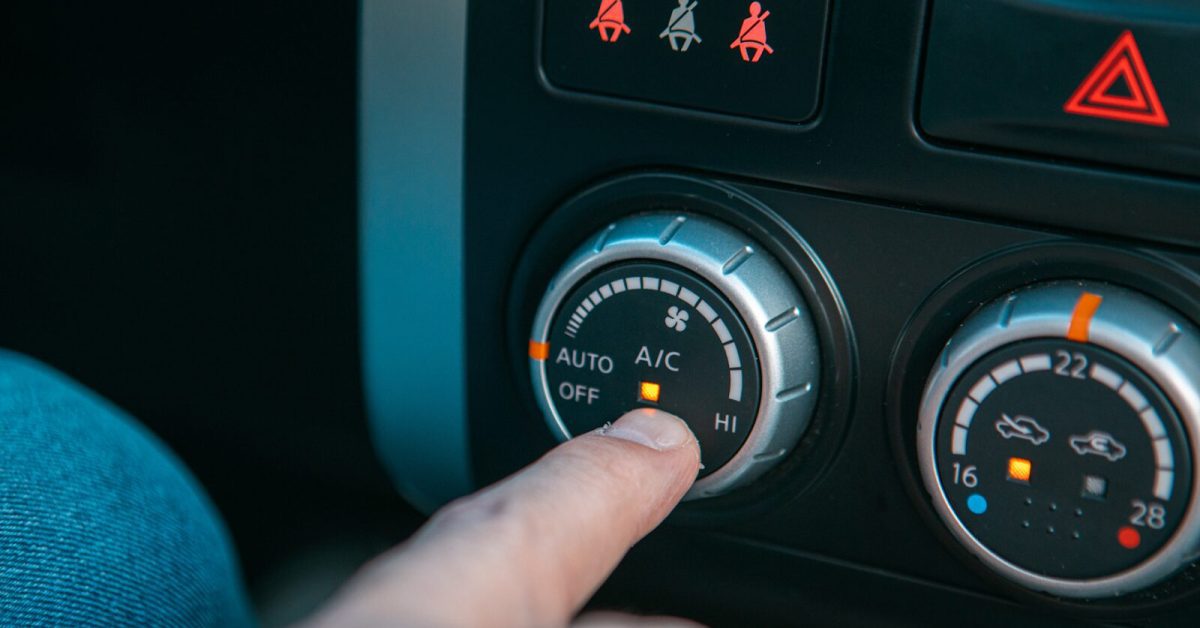When we slide into our car, comfort is something we often take for granted, until the heat won’t kick in or the A/C stops blowing cold. That’s where the climate control system comes in. It’s one of the most important yet overlooked parts of your vehicle, quietly working to maintain the perfect cabin temperature no matter what’s happening outside.
At Metric Motors, we know firsthand how a well-maintained climate system can dramatically improve your driving experience, especially here in Loveland, where the weather can swing from snow to sunshine in a single day. In this article, we’re diving into what is climate control system in the car, how it works, and why it’s so essential for your comfort, safety, and even your vehicle’s long-term health.
What Is a Climate Control System in a Car and Why Does It Matter?
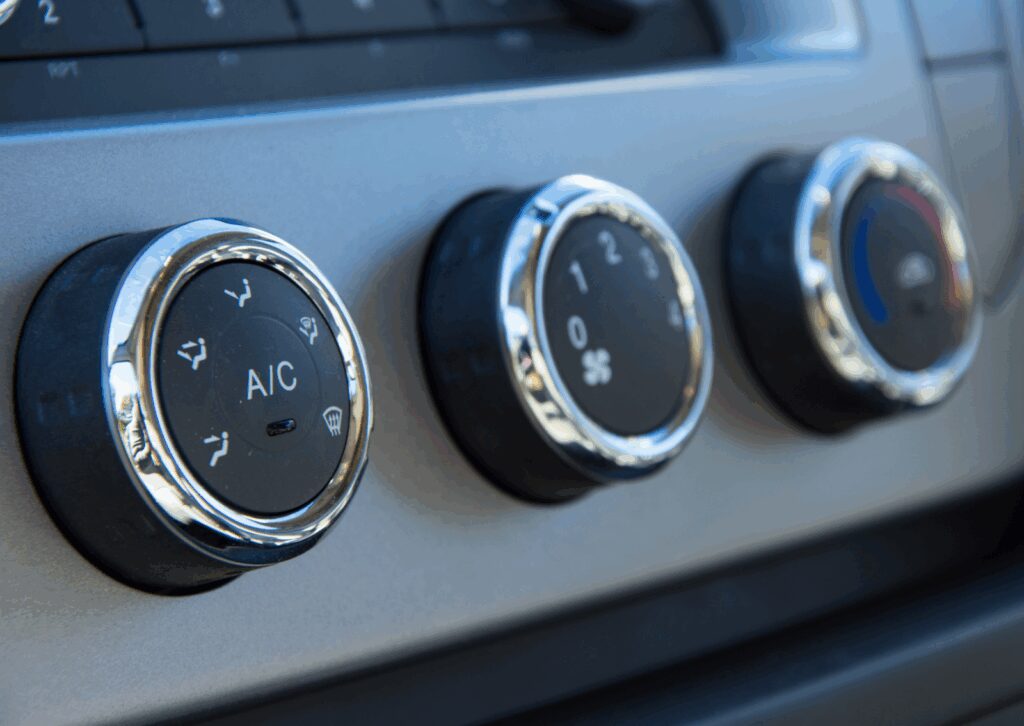
When you get into your car on a hot summer day or during the freezing chill of winter, the first thing you reach for is probably the climate control system. But what is climate control system in car terms that really matters to drivers? It’s more than just adjusting a dial. It’s a system designed to keep your car’s cabin comfortable by automatically managing air temperature, fan speed, and air flow.
Unlike older air conditioning systems, modern climate control systems rely on sensors and software to maintain the desired temperature throughout your ride. Whether you’re dealing with hot air, cold air, or inconsistent air flow, your climate system adapts to keep you comfortable without the constant need for manual adjustment.
For drivers in Colorado, especially around Loveland, this technology is essential year-round. At Metric Motors, we’ve seen how a failing climate system can affect not just comfort but also fuel efficiency and visibility.
How Does a Car’s Air Conditioning System Work with Climate Control?

Your car’s air conditioning system is one key part of the climate control system. It works by removing heat and moisture from the air inside your vehicle. The air conditioner uses refrigerant, a compressor, and a condenser to cycle cool air back into the cabin.
In modern cars, this air conditioning system is often integrated into automatic mode or dual zone climate control, which means it can independently adjust the cabin temperature for the driver and passenger. Sensors detect the current cabin air conditions and adjust accordingly to maintain your set temperature.
A functional air conditioning system doesn’t just deliver cold air—it filters polluted air, reduces unpleasant odors, and keeps the windshield clear by removing humidity.
What Are the Main Components of a Car Climate Control System?
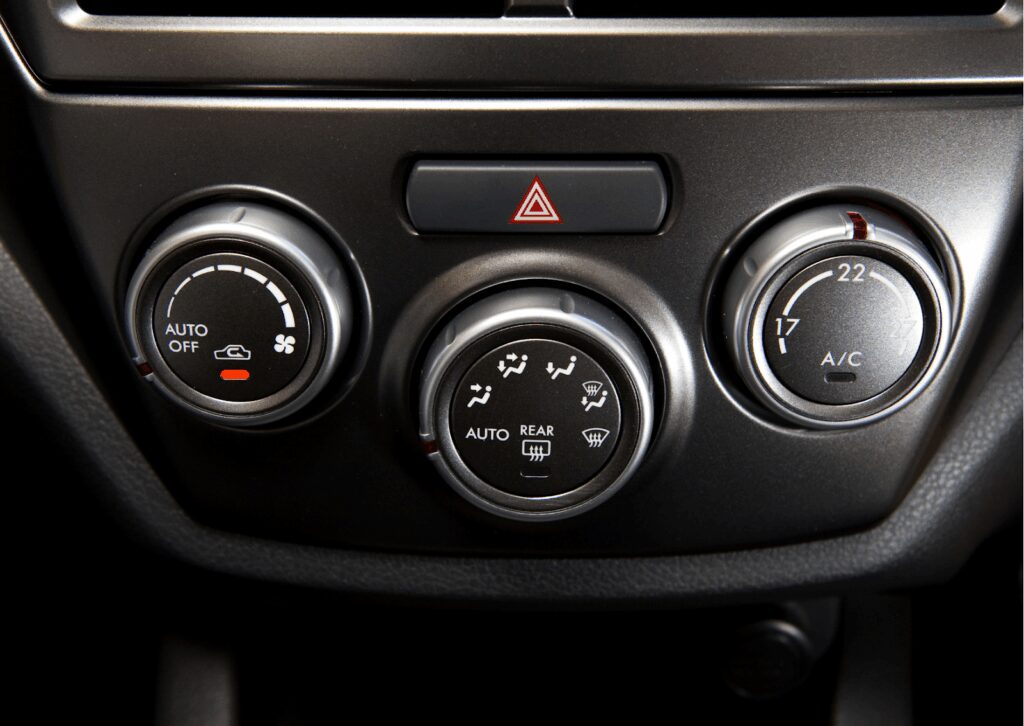
Understanding how this system works starts with its components:
Compressor
The heart of the air conditioning system, the compressor, moves refrigerant through the cooling system.
Condenser and Evaporator
The condenser helps release heat while the evaporator absorbs it, key parts of generating cold air.
Heater Core
This small radiator-like part uses hot coolant from the engine to produce warm air.
Blower Motor and Fan
Controls air flow into the car’s cabin. The electric motor powers the fan to distribute cool or hot air based on your settings.
Sensors and Control Panel
These are the brains behind the operation, adjusting air temperature, fan speed, and ventilation zones (like the red and blue zones) to maintain a balanced climate.
How Does Climate Control Work to Regulate Cabin Air Comfort?
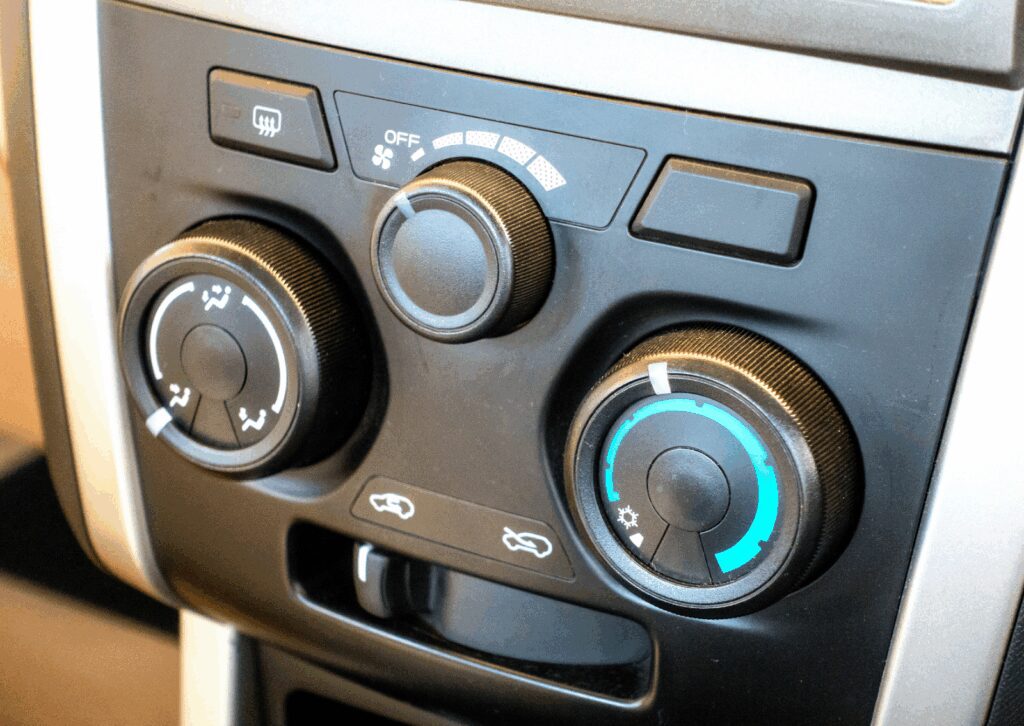
Climate control work begins with monitoring. Sensors read outside temperatures, sun position, and internal cabin temperature. The control system processes this data and adjusts the air conditioning system to deliver precise temperature control.
If your system includes dual-zone or zone climate control, it will regulate two different sets of settings for the driver and passenger. This level of automation ensures consistent comfort without manual tweaking.
It also controls humidity levels, helping prevent foggy windshields and maintaining enhanced health by circulating fresh air and filtering out contaminants.
What’s the Difference Between Climate Control and Traditional Air Conditioning?

A traditional air conditioning setup lets you blast cool air, but it requires you to constantly adjust knobs or buttons to maintain comfort. In contrast, climate control does the adjusting for you.
In modern climate control systems, once you input your desired temperature, the system automatically balances heat, air, and fan settings. This is especially useful in areas with fluctuating weather, like Loveland.
For example, you can set the cabin to 72 degrees and let the air conditioning system take care of the rest, switching between cold air, hot air, or balancing both through mixed zones.
Why Is Air Flow Direction Important in a Climate Control System?

Air flow isn’t just about volume, it’s about direction. Your vents can be adjusted to aim cool or warm air at your face, feet, or windshield.
The climate control system uses actuators to direct this air flow based on the temperature you set. Some control work is manual, but in automatic mode, the system will select optimal directions for airflow to maximize comfort and visibility.
Directional control can also reduce fatigue on long drives, improve defrost times, and make heating or cooling more efficient by focusing airflow where it’s needed most.
What Are the Common Signs That Your Climate Control System Needs Repair?

Even the most advanced control system can wear down over time. Here’s what to watch for:
-
Inconsistent air temperature or poor air flow
-
No response when adjusting the set temperature
-
Only hot air or cold air blows, regardless of the setting
-
Loud noises from the fan or vents
-
Foul or unpleasant odors from the air conditioning system
At Metric Motors, we recommend inspecting these issues early. Delaying repairs can affect the entire cooling system or heater core, leading to more expensive fixes.
One way technicians pinpoint problems is by using UV dye to detect refrigerant leaks, just one of many tools used to perform effective climate control work.
How Does the Cabin Air Filter Affect Climate Control Efficiency?
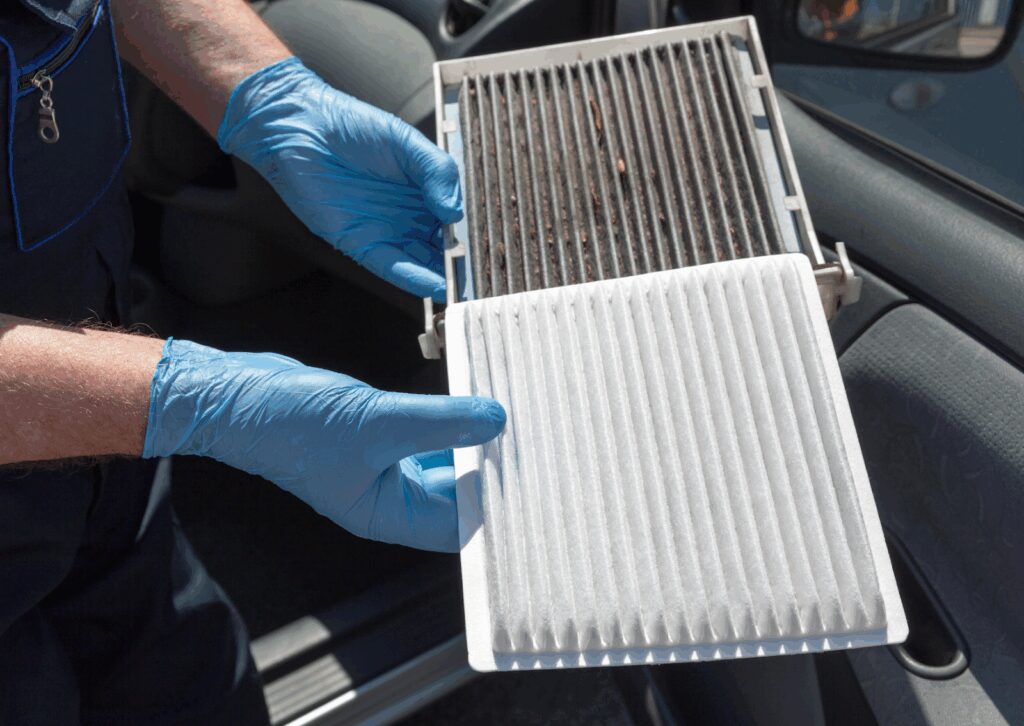
The cabin air filter plays a vital role in your climate system. It traps dust, pollen, and debris before they enter your car’s cabin.
When clogged, it can restrict air flow, cause the air con to work harder, and even produce strange smells. A clean filter promotes better ventilation, maintains air conditioning efficiency, and improves overall cabin air quality.
Check your owner’s manual for the recommended replacement schedule. Generally, filters should be changed every 15,000–30,000 miles, depending on driving conditions.
Why Professional Air Conditioning and Climate Control Work Matters

DIY attempts on your air conditioning system can lead to more harm than good. Today’s modern climate control systems involve electronics, pressurized refrigerants, and complex sensor networks.
Professional technicians, like the team at Metric Motors, have the training and tools to diagnose and repair without causing further damage. They’ll test every component, from the electric motor to the heater core, to ensure your climate control system operates at peak efficiency.
Qualified service also ensures you’re not wasting fuel or putting extra strain on the engine. Even something as small as a faulty sensor can hurt fuel efficiency or your air conditioner’s performance.
Ready to Restore Comfort? Contact a Climate Control Specialist Today

If your car isn’t keeping the cabin temperature steady, it’s time to let the pros take a look. Our climate experts can inspect, diagnose, and repair your air conditioning system so you can drive in comfort year-round.
Don’t wait until your next road trip to find out something’s wrong. Book your climate control service today. Whether it’s restoring cold air in the summer or fixing your heater before winter, prompt service can save you money and hassle.
Call us now or schedule your appointment online to get your comfort back in check.
Final Thoughts
We understand how important a functioning climate control system is to your daily drive. At Metric Motors, our team is here to help you maintain the right cabin temperature no matter the season. Let us make sure your air conditioning, heating, and overall climate system are working like they should—because your comfort and safety matter.
Stay cool in the summer, warm in the winter, and comfortable all year long. Let’s keep your vehicle’s climate under control.
Frequently Asked Questions:
1. What is a climate control system in car terms, and how is it different from regular air conditioning?
A climate control system automatically maintains the cabin temperature you set by adjusting the fan speed, air flow, and temperature. Unlike standard air conditioning, which requires manual adjustment, climate control reacts to changes in the environment and keeps the cabin air consistent without driver input.
2. How do I know if my car’s climate control system needs repair?
Common signs include inconsistent air temperature, weak or no air flow, loud noises from vents, and unpleasant odors from the air con system. If the climate control work doesn’t respond to adjustments, it’s time to have it checked by a professional.
3. What is dual-zone climate control, and do I need it?
Dual zone climate control allows the driver and front passenger to set separate cabin temperature preferences. It’s ideal for couples or families with different comfort needs and is standard in many modern cars.
4. How often should I replace the cabin air filter for better climate control performance?
Most cabin air filters should be replaced every 15,000 to 30,000 miles, but it depends on your driving environment. A dirty filter can block air flow, reduce cooling or heating efficiency, and let in polluted air or allergens.
5. Can a faulty climate control system affect fuel efficiency?
Yes. If the air conditioning system or climate system is overworking due to clogged filters, failing components, or refrigerant leaks, it can put extra strain on your engine, reducing overall fuel efficiency.

